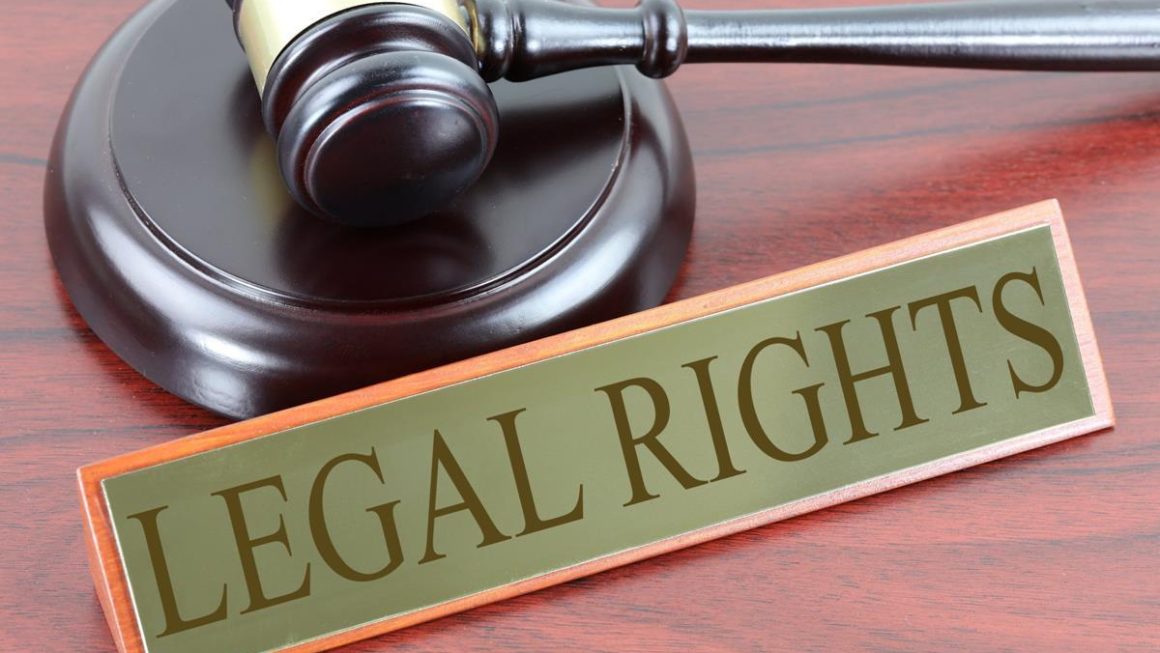Ache and struggling constitute one of the most complicated and subjective components of private injury reimbursement. not like economic damages—along with scientific bills and misplaced wages—that are quantifiable and supported via clear documentation, ache and struggling embody the intangible physical discomfort and emotional distress as a result of an injury. calculating this form of compensation calls for skill, revel in, and cautious consideration by means of a private damage legal professional.

Defining pain and struggling in legal terms
Pain and struggling damages intention to atone for the physical pain, intellectual suffering, emotional misery, and decreased best of existence resulting from an injury. those damages apprehend that damage impacts extra than just clinical fees; it impacts daily residing, relationships, and mental health.
Physically, ache and struggling include ongoing pain, constrained mobility, and side effects from treatment. emotionally, victims might also revel in tension, melancholy, insomnia, or loss of enjoyment in sports once cherished.
Courts and coverage groups acknowledge those harms, but because they lack an immediate financial value, the challenge lies in figuring out the right amount to award.
Elements lawyers consider in valuing pain and suffering
Non-public injury attorneys compare numerous key elements while calculating ache and struggling repayment:
The severity of the damage is paramount. critical accidents with lasting or permanent results usually warrant higher awards. as an instance, a damaged bone that heals fully may bring about decrease ache and struggling damages in comparison to a spinal injury inflicting persistent pain.
Duration of suffering also impacts fee. brief injuries with quick restoration typically attract smaller quantities than injuries inflicting prolonged or permanent discomfort.
The impact on daily life is vital. lawyers investigate how the harm limits bodily activities, pastimes, paintings competencies, and social interactions.
Emotional and psychological effects weigh heavily. if the victim develops conditions such as post-annoying strain sickness (PTSD), anxiety, or melancholy immediately connected to the coincidence, compensation can increase.
The quality and consistency of medical treatment, consisting of pain management, rehabilitation, and ongoing therapy, offer supporting evidence.
Legal precedent and jurisdictional norms also shape the calculation. some states impose caps on non-monetary damages, at the same time as others permit greater liberal awards.
Techniques used to calculate pain and suffering
Attorneys commonly use principal processes to estimate ache and suffering damages:
The multiplier technique involves multiplying the total economic damages (medical bills, lost wages, etc.) by a factor usually ranging from 1.5 to 5. the multiplier varies based on injury severity and case specifics. as an example, if economic damages are $50,000 and the multiplier is 3, the pain and suffering value might be $150,000.
The per diem method assigns a daily dollar amount to the victim’s suffering and multiplies it by the number of days the pain and suffering lasted. for example, if the daily rate is $200 and suffering lasted 180 days, the compensation would be $36,000.
Some lawyers use a combination or variations of these methods depending on the circumstances.
How evidence supports pain and suffering claims
Because pain and suffering is subjective, strong evidence is crucial. lawyers gather medical records documenting diagnoses, treatments, and prognosis. statements from doctors describing the pain, its intensity, and effects on function are critical.
Client testimony about daily struggles and lifestyle changes provides personal perspective. journals or logs recording pain levels, emotional states, and limitations help create a clearer picture.
Witness accounts from family and friends describing changes in the victim’s demeanor or abilities can strengthen claims.
Expert witnesses such as psychologists may be called upon to attest to emotional distress or mental health conditions caused by the injury.
Negotiating and advocating for fair compensation
Skilled personal injury attorneys present pain and suffering claims with strategic advocacy. they know how to articulate the client’s experiences persuasively to insurance adjusters, mediators, or juries.
Attorneys emphasize the lasting effects and human toll beyond economic losses. they prepare compelling narratives supported by evidence to justify higher compensation.
In negotiations, lawyers balance assertiveness with realism, aiming to secure settlements that reflect the true impact of pain and suffering.
If necessary, they are prepared to litigate and make their case before judges or juries.
In summary
Calculating pain and suffering compensation is a nuanced process that blends legal principles, case specifics, and empathetic understanding. personal injury attorneys employ established methods, supported by comprehensive evidence, to translate intangible harms into monetary terms. recognizing the complexity of this calculation highlights the importance of skilled legal representation in obtaining just recompense for harm victims.



